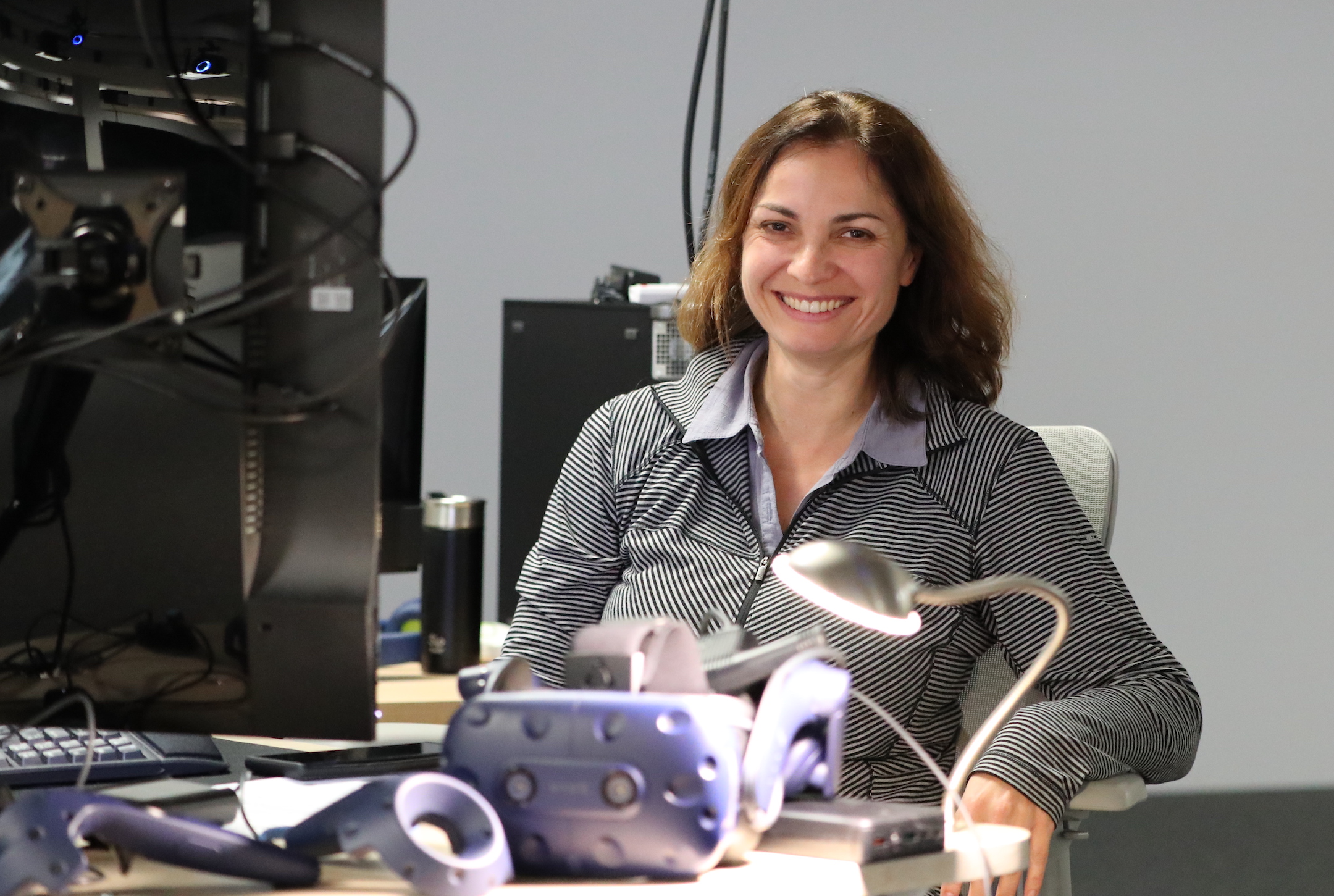I analyse the structure of stories to understand what makes them compelling. I hold an interdisciplinary PhD from the University of Melbourne (2013) and have applied my models of narrative to Quora anecdotes (with Disney Research), biomedical modeling (with the Eastern Virginia Medical School) and Intelligence System design (with Earl Research). My research page can provide more details.
I’m currently collaborating with the Virginia Modeling Analytics and Simulation Center (VMASC) at Old Dominion University to build a VR modeling platform that captures narrative structures. This follows two funded projects that applied narrative-based mechanisms to the challenge of modeling interaction among multiple scales and disciplines in biomedicine. These projects were supported by two seed grants from the National Academies Keck Futures Initiative; the current project realizes that research as a new representational system. More information about these can be found in my blog and on twitter.
I also write stories and articles, and am secretly working on a science fiction novel.
I participate in communities concerned with: computational models of narrative, interpretation in context, intelligent narrative technologies, visualization and modeling, situation theory, quantum interaction, and symmetry and form. I’m on the Advisory Board of the Society for the Interdisciplinary Study of Symmetry. This group is affiliated with the Society for Science on Form, in Japan, which explores one of the richest approaches to form and structure I know, katachi.
My understanding of stories is informed by my work in Media Analysis, the theatre arts, and drawing.
How does a narrative analyst work on medical systems?
Contextual integration and knowledge modeling can be used to map complex systems (in both computer science and biology). Both narrative and bioinformatics are multi-level systems; that is, they integrate diverse processes and information types, to produce higher-level behaviors. Even though these domains are different, some of the principles of modeling information transfer among multiple contexts are the same.
My work differs from current educational approaches in the medical humanities in that I take artistic abstractions (like analogy) and adapt scientific frameworks towards them, to extend their capabilities. Examples can be found in three co-authored papers in Progress in Biophysics and Molecular Biology.
These projects have been radically interdisciplinary, and I also write and teach interdisciplinary collaboration skills. An online interview with EVMS on this topic can be found here.
Creative writing can be an investigative research tool, and I also explore how the semantic structures of logic and poetics might be connected. This is a way to extend computational logic and reasoning using the lens of creative writing.
In the future, I’ll use the results of these projects to contribute to discussions about how cognitive modeling depends on both biological embodiment and higher-level comprehension (such narrative understanding). Surrounding work can be found in the late Patrick Winston‘s musings about narrative as a foundation for intelligence, Keith Devlin’s writing on Modeling Real Reasoning, Fox Harrell‘s work on using virtual identities to affect social change, and the Cognitive Linguistics corpus at Berkeley, such as George Lakoff‘s work on analogy and embodied cognition.
